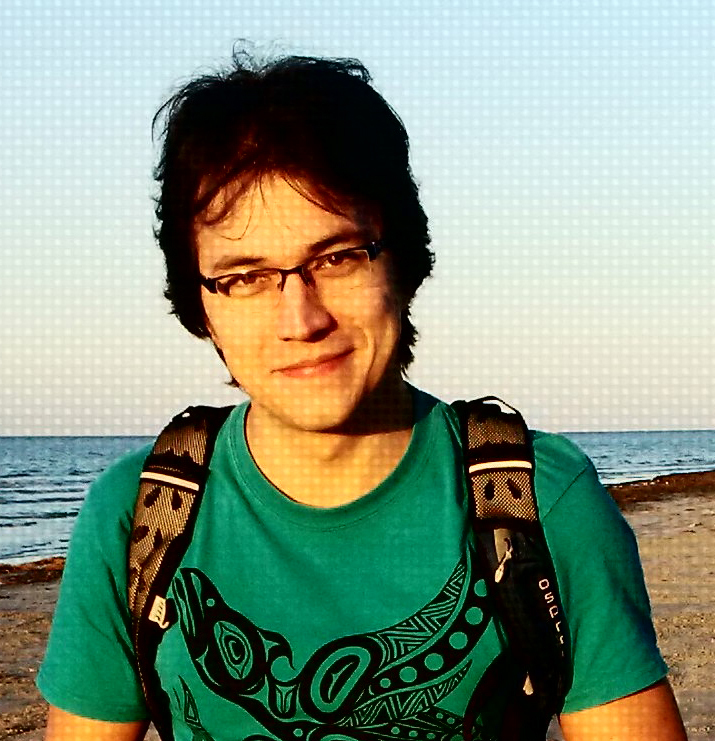Research interests
The genome is a common feature of all cellular organisms and contains a comprehensive record of evolution. At a closer look, the genome is in fact a ‘genomic microcosm’ – a smörgåsbord of interactions among/between host genes and parasitic genes, such as transposons and viruses.
We study how these genomic parasites impact genome structure and speciation of birds, crocodilians, and parasitic nematodes. Beware, some of these jumping genes even jump between genomes!
Ongoing research revolves around the evolution of birds, crocodilians, and parasitic nematodes, however, our interests are not limited to a specific group of organisms. We aim at understanding biodiversity both on the level of cellular organisms and on the level of transposons and viruses, as well as the interactions between these genomic parasites and their hosts’ genomes or transcriptomes.
Our long-term scientific goals are to shed light on the following three main research questions:
- How do the highly diverse ‘genomic microcosms’ of transposons and viruses influence the diversification of their animal hosts?
- How are interactions between or among hosts and parasites manifested on recent and deep timescales of genome evolution?
- How much do we really know about the complexity of animal genomes and how much of it remains genomic ‘dark matter’?
Group members
Anne-Marie Dion-Côté, post doc
Valentina Peona, PhD student
